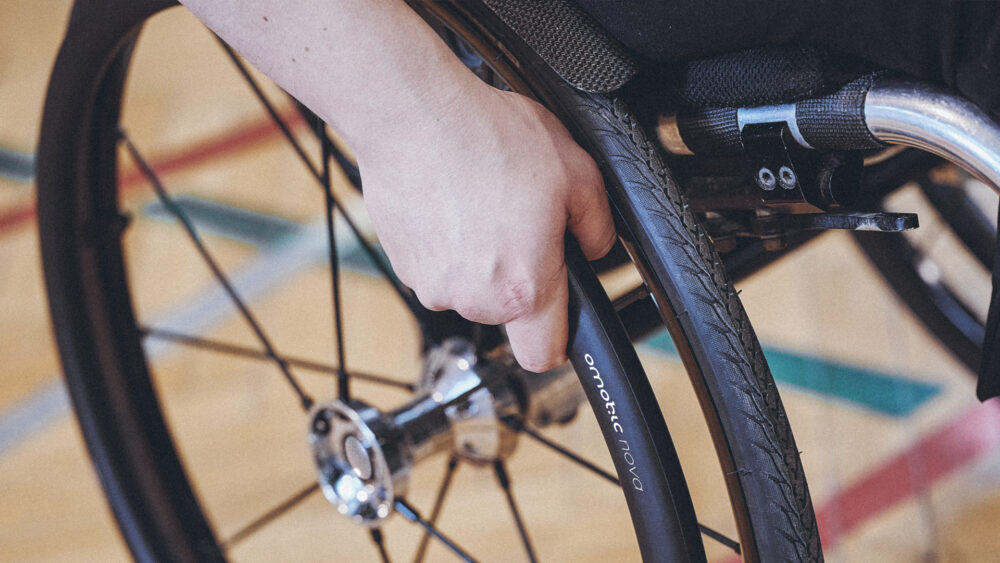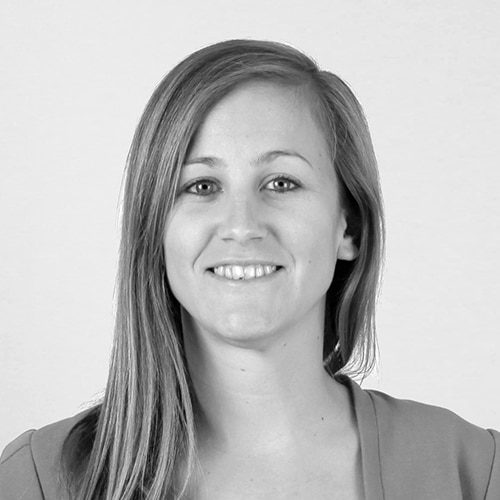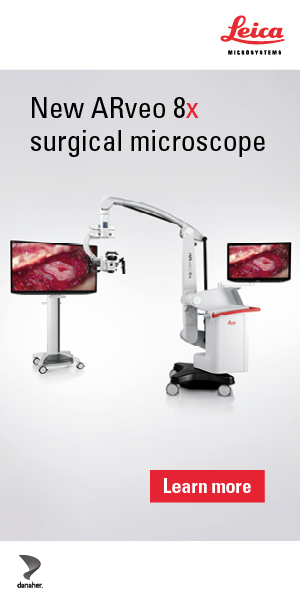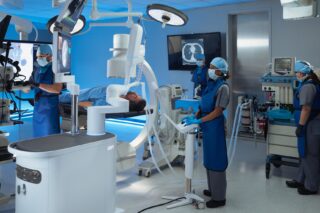From a flat tire to global innovation, MBL transforms wheelchair mobility with user-driven design and cutting-edge wheel technology.
Wheelchair mobility depends on more than a strong frame and a reliable push. At its core, independence often comes down to one simple element: wheels that roll without fail. This idea—sparked by two ordinary but parallel experiences with a flat tire—gave rise to MBL, a Danish company that has since become one of the most recognized names in wheelchair wheels and components worldwide.
“It’s a truly moving and heartfelt story. I love how the company began with an engineer-nurse couple who confronted a similar situation with a flat tire,” a representative told us during RehaCare in September.
That serendipitous pairing of perspectives—technical ingenuity from an engineer, clinical insight from a nurse—laid the foundation for more than three decades of product development, innovation, and a philosophy centered on keeping wheelchair users mobile in every possible sense.
A Beginning Rooted in Necessity
In 1988, engineer Mogens Lauritsen and nurse Ingelise Lauritsen officially founded MBL in Denmark. Both had first-hand encounters with how a flat tire could halt daily life: Mogens with his own bicycle, Ingelise with a patient stranded in a wheelchair. The couple recognized the profound implications of puncture-proof technology, and their collaboration began humbly—assembling early products in a playhouse and on a ping-pong table.
By 1992, demand pushed the business beyond Denmark, leading to the establishment of MBL Poland. Over the years, the company steadily transitioned from relying on external suppliers to manufacturing key components in-house, including hubs produced via CNC machining. This move gave MBL tighter control over quality and enabled experimentation with lighter, stronger, and more specialized materials.

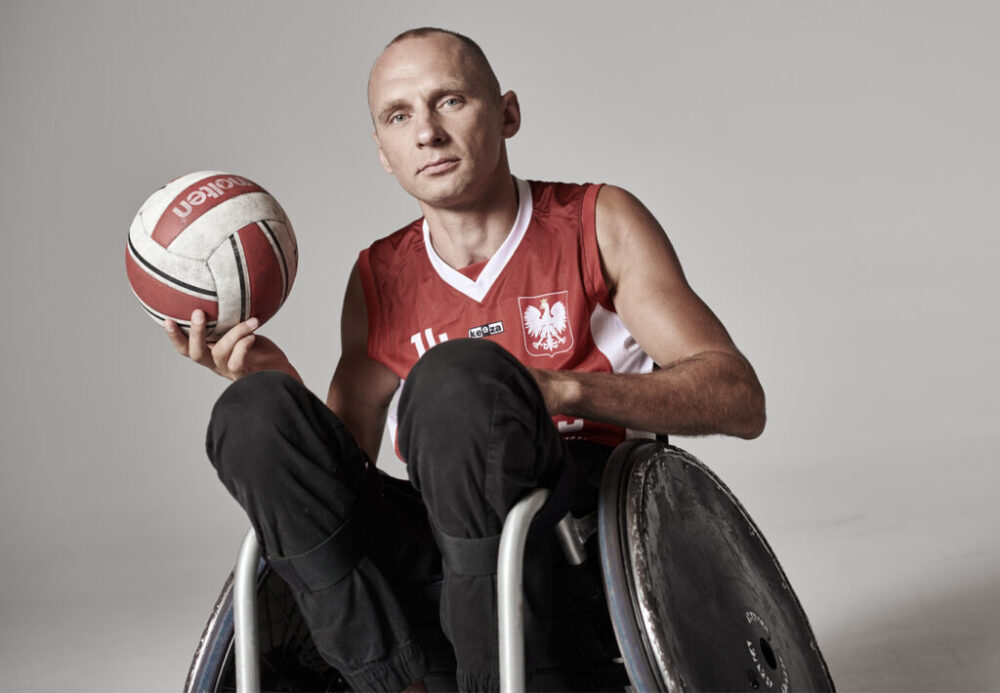
Building a Portfolio of Lightweight Performance
The product line quickly expanded from tires to complete rear wheels, push-rims, and eventually ramps and rollators. At the heart of this expansion was an obsession with materials science: puncture-proof rubber blends, hard-anodized aluminum finishes, fibre spokes, and later carbon solutions designed for both strength and vibration absorption.
One of the most remarkable breakthroughs came in 2013 with the launch of the SkyLite wheel, which weighed under 900 grams including tire and push-rim. For wheelchair users, the difference wasn’t just in numbers—it translated into less fatigue, easier transportation, and more independence.
Safety remained just as important as speed. MBL introduced a range of grip surfaces and non-slip finishes on push-rims, meeting the needs of users with different levels of hand strength or control. These details, often overlooked by casual observers, represent critical enhancements for daily comfort and security.
“Travel with Your Wheels”: A Philosophy of Independence
If MBL has a unifying philosophy, it is embodied in the phrase “Travel with Your Wheels.” It reflects the belief that users should never feel stranded by their equipment and should be able to adapt their chair to changing conditions—whether moving across smooth pavements, uneven trails, or indoor surfaces.
This philosophy is most clearly realized in the company’s Omobic collection, a line dedicated to active wheelchair users. The Omobic range offers specialized tires, lightweight rear wheels, and advanced push-rims engineered for quick adaptability. Models such as the Tristar Alucore and Nova highlight the balance between sleek design and rugged performance, while fibre-spoke options provide strength without added weight.
As part of its Omobic line, MBL’s Lock-A wheel lock underscores the “Travel with Your Wheels” commitment. Made in full aluminium alloy, the Lock-A has a compact design, high durability, and long lifetime. Its lever is simple to operate, and maintenance is minimal. The lock features a specially rubbed surface to increase friction between the brake and clamp, reducing wobble, and it fits most manual wheelchairs at a 90-degree mounting angle.
Equally important, MBL has embraced user collaboration through its “Omobic Universe,” a program that invites wheelchair users to test products and provide feedback. This iterative process ensures that evolving needs—from sport to daily commuting—inform the next generation of components.


Latest Innovations and Global Reach
As of January 2025, MBL continues to invest in both scale and innovation. The company recently announced the addition of advanced Safan Darley presses with an Automatic Tool Storage system at its Polish manufacturing facility. This upgrade—featuring H-Brake Hybrid 110.21-15 Ultra machines—marks a leap forward in precision and efficiency, allowing MBL to expand production without compromising quality.
These investments were quickly followed by a strong presence at international trade fairs, including ISS and RehaCare, where the company showcased its latest designs such as the Aloo rear wheel with twelve anodized spokes. Such products underline the dual focus of MBL today: aesthetics that appeal to modern users and engineering that meets the highest standards of performance.
MBL now operates across continents, with facilities in Europe and Asia, producing millions of wheels annually. Yet despite its global scale, the company’s identity remains rooted in the same problem it set out to solve in 1988: ensuring no wheelchair user has to be immobilized by a flat tire.
Looking Ahead
For medical professionals, the story of MBL is more than an industry case study—it is a reminder of how clinical experiences and technical expertise can converge to reshape mobility solutions. Every advancement, from puncture-proof rubber to fibre-spoked wheels, has been driven by the practical challenges faced by patients and caregivers alike.
As new materials, smarter production methods, and user-centered design continue to redefine the possibilities, MBL’s founders’ vision still resonates: mobility is freedom, and freedom should never be interrupted by something as preventable as a flat tire.
